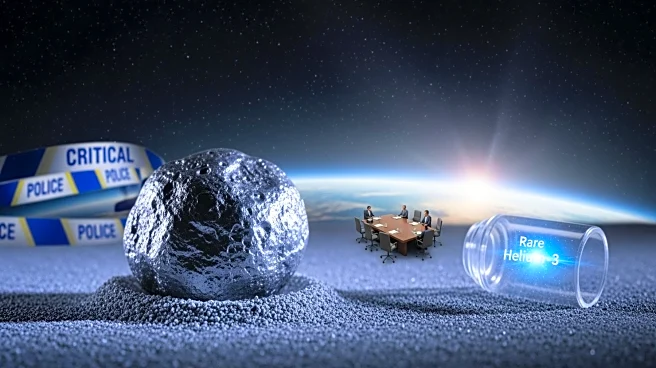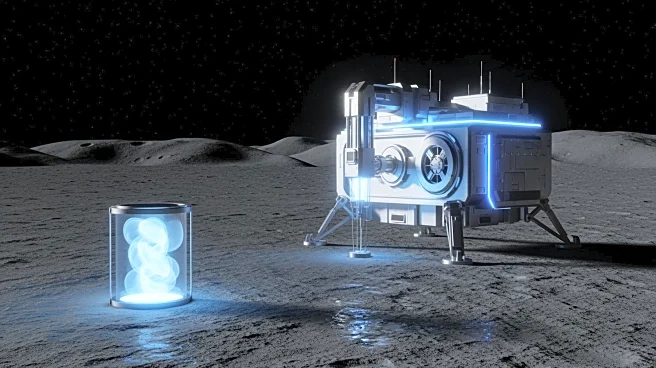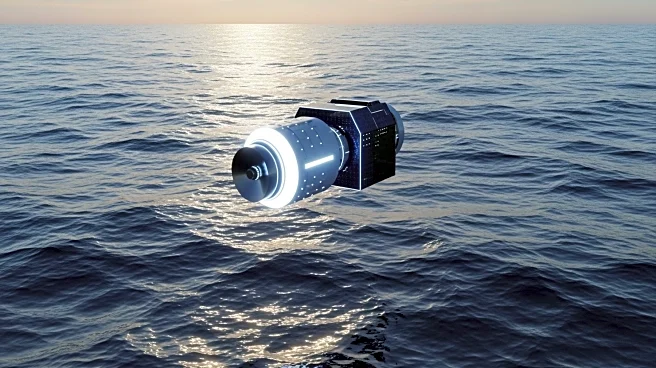What's Happening?
Helium-3, a rare isotope, is emerging as a valuable resource worth $20 million per kilogram, prompting interest in lunar exploration. The moon is considered a prime location for harvesting helium-3, which
could be used in nuclear fusion to produce clean energy. Companies like Interlune are exploring the potential for mining helium-3 on the moon, driven by its high value and the promise of sustainable energy solutions. This development highlights the growing interest in space exploration for resource acquisition, as businesses and governments consider the economic benefits of lunar mining.
Why It's Important?
The pursuit of helium-3 on the moon represents a significant shift in space exploration, focusing on resource acquisition rather than scientific research alone. The potential for clean energy production through nuclear fusion could have profound implications for global energy markets, reducing reliance on fossil fuels and addressing climate change. The economic incentives for lunar mining may drive investment in space technology and infrastructure, influencing future policies and international cooperation in space exploration.
What's Next?
As interest in helium-3 grows, companies and governments may increase investment in space missions and technology development. The establishment of lunar mining operations could lead to new regulatory frameworks and international agreements governing resource extraction in space. The success of these initiatives may influence future exploration strategies and partnerships, shaping the landscape of space exploration.
Beyond the Headlines
The ethical and legal implications of lunar mining are significant, as they challenge existing frameworks for space governance. The pursuit of extraterrestrial resources raises questions about ownership, environmental impact, and the equitable distribution of benefits. As space exploration advances, these considerations will be crucial in ensuring responsible and sustainable practices.











